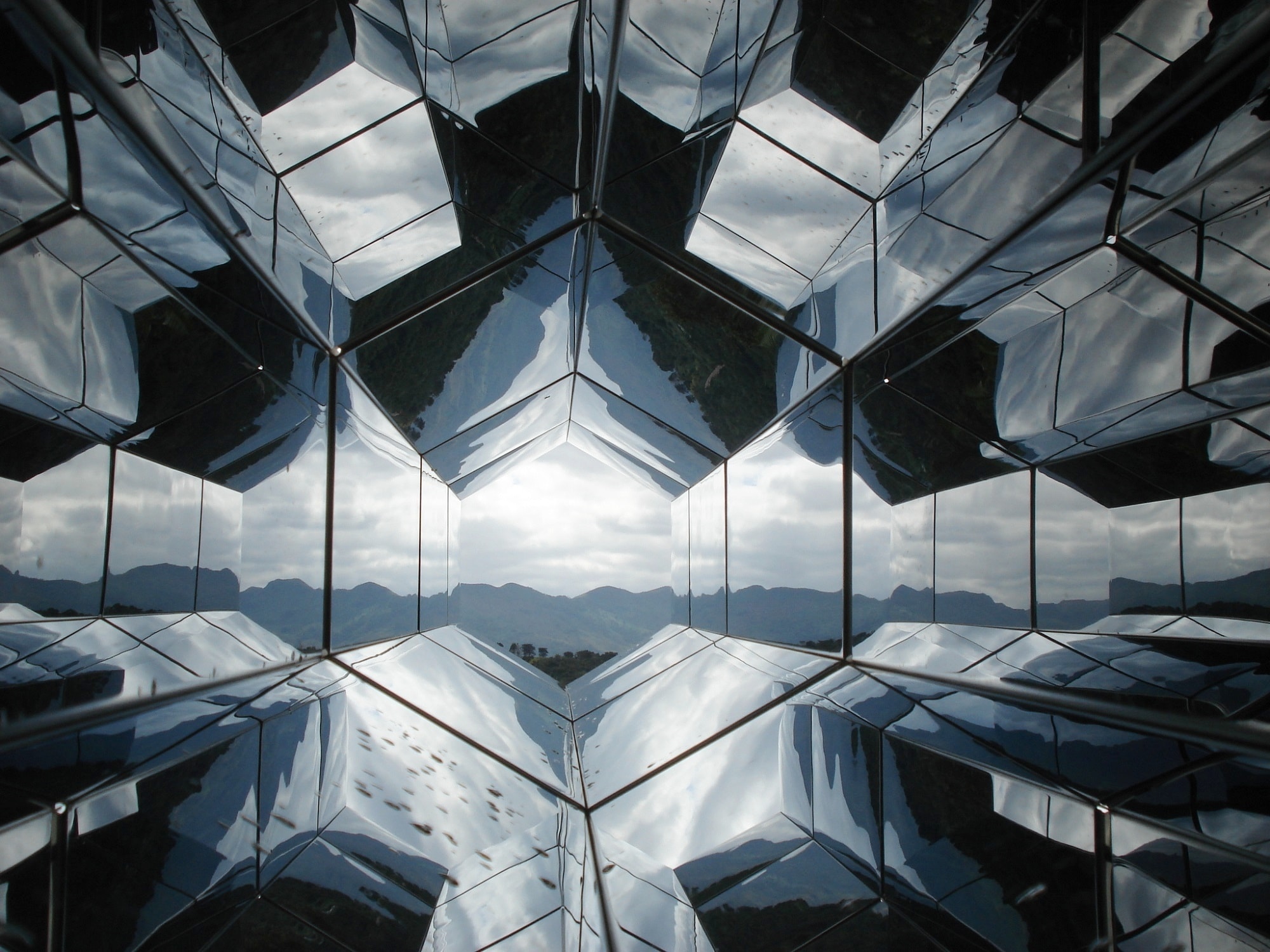The transformations of our rapidly changing world call for a need to increase the number of people able to conceive new technologies and find new solutions that will sustain large human societies safely and prosperously. Face to the complexity of the challenges in front of us, it is more and frequently said that creativity stands as one of the most effective tools we can rely on to redesign our societies and the patterns of our interaction. Though we guess, we all intuitively agree with the previous statement, we should perhaps also admit that, whenever we hear that statement, we immediately think, perhaps without voicing it, “Yes, but what does it mean? What can we do on a concrete basis?”. We should then admit that the very notion of creativity is still an elusive one and the cognitive mechanisms through which we nurture and express our creative abilities are largely unknown. Still, we express our creativity every day, perhaps driven by our intuition, through some not entirely rational pathways. The non-rational aspect was put in evidence by A. Einstein when he said “creativity is nothing but an intelligence that has fun”, where fun can be understood as the pleasure deriving from the discovery of something new, something surpassing our imagination. A slightly more concrete definition is due to the French mathematician Poincaré, who meant as creative something both new and useful, highlighting in this way the valuable role that good ideas can have. Definitely more concrete was S. Jobs, who enriched the definition by claiming that “creativity is the ability to connect things”. The aspect of recombination is a very interesting one: being creative also means using one’s own individual knowledge to explore unknown worlds, finding new meaningful connections between ideas, concepts, artifacts, and components. Francois Jacob first made the parallel between the biological evolution and the notion of tinkering: “(natural selection) works like a tinkerer, a tinkerer who does not know exactly what he is going to produce but uses whatever he finds around him whether it be pieces of string, fragments of wood, or old cardboards; in short it works like a tinkerer who uses everything at his disposal to produce some kind of workable object.”. The tinkerer is not supposed to obey to a specific project. Rather it enriches the set of possibilities for creating something new. And the notion of tinkering seems to be adapted for a wider set of systems, not only the biological ones. Standing on the shoulders of those giants, we could perhaps define a creative process as a path of exploration that, exploiting past experiences and the knowledge acquired, can lead us to reach new heights and open new perspectives. From this perspective, we could define creative people as those who, in the open-ended combinatorics of possibilities, are able to single out those very rare paths leading to disruptive and useful innovations.
Once clarified the conceptual framework in which we are moving and the challenges in front of us, the most natural question is whether is it possible to improve human creativity? Is it possible to create the conditions for a person to be more creative, perhaps helping her to shape and navigate the space of possibilities more efficiently? In the age of Artificial Intelligence (AI) we may wonder whether machines could play a role in enhancing human creativity. This aspect is proving very important nowadays, especially considering the common narrative that, depicting more and more AI as the antagonist of mankind, blows on the fire of fears, without really helping towards a more responsible and safe adoption of the new technologies. At Sony CSL we push forward a totally different approach where humans and machines can safely cooperate for the betterment of mankind and the quest for sustainable solutions to the current societal challenges. To this end we coined the term “Augmented Creativity” to mean a renewed synergy between natural intelligence and artificial intelligence, as summarized by the following formula:
Human Intelligence (HI) + Artificial Intelligence (AI) -> Augmented Creativity (AC).
This relation, so simple at a first glance, reveals a profound and very original concept. Human and artificial intelligence for the first time cooperate to improve themselves on the common ground of creativity. The synthesis between HI and AI made by Augmented Creativity, allows, in our opinion to open new scenarios for the development of new ideas and technologies, fostering in this way a real rethinking of what we now call Artificial Intelligence. We are perhaps witnessing a unique opportunity to trigger a virtuous feedback loop where machines can evolve to learn from the, yet, elusive nature of human creativity and humans can be supported and challenged in their creative activities by the ubiquitous presence of a new generation of machines. This whole process is still in its infancy, but, at Sony CSL Paris, we are already very active in fostering the birth of a new generation of artificially intelligent agents able to support human cognitive exploits.
If we think of it very carefully, we can identify two main mechanisms through which machines are already helping us in being more creative. On the one hand, we see what we could call “passive” support. Here we mean a mechanism very similar to the never-ending struggle between viruses or bacteria and our immune system. Pathogens constantly raise the bar by invading new areas of their phase space and the immune system has to keep up in constantly devising new strategies in dealing with the new threats. Perhaps the most recent striking example of this passive support is the famous challenge that opposed AlphaGo, a computer program that plays the board game Go developed by Google DeepMind in London, and Lee Sedol, one of the top Go players ever. Sedol lost 4 games out of 5 and he managed to win only one game, Game four, thanks to an amazingly surprising move, the famous move 78. AlphaGo simply judged that move too unlikely (one in ten thousand) for a human being to play and that move has been the cornerstone of the only AlphaGo defeat. In this specific case, the machine programmed to efficiently win Go’s games created the condition for Lee Sedol to go beyond his limits and come up with an original step-change solution. For the records, also in Game two Lee Sedol played the famous move 37 as unlikely as the move 78: the dry run heralding the real victory in Game four.
Another, perhaps even more interesting, way in which machines can support and augment our creativity is through a more active role. Instead of creating obstacles to be overcome, machines could suggest new paths to be explored in the open-ended and evolving adjacent space of possibilities. Perhaps very uncommon paths that could stimulate further human imagination about their potential outcomes. The examples are very many and at Sony CSL Paris we are already working towards scenarios where a renewed synergy between humans and machines can be established. It is, for instance, the case for projects about co-creation tools for music or texts. The Music teams at CSL Paris and Tokyo are totally committed to providing new tools able to let musicians, composers or simply amateurs to create their own music in a sort of evolutionary process where the machine is acting as a “wise” navigator in an ever-expanding space of possibilities. At the same time, the Creativity team is playing on the field of co-creation of texts. It is the case of the project Theater and AI whose aim is that of creating theatrical pieces orchestrating the interactions among human writers and performers and machines learning in real-time from the emerging context. This is the tip of the iceberg of a research activity aimed at pushing forward the state of the art of artificial intelligence in terms of interactivity and semantic comprehension and shedding light on the complex interplay between human and artificial intelligence in augmenting human creativity. The applications are very many, from machine translation to automatic text summaries to question and answer problems. On the background, there is always the key problem of how humans and machines can cope with novelties, i.e., with something of which they had no experience beforehand. Along the same lines CSL Paris is working on platforms for sustainability whose aim is that of understanding the present, through data, and project it into the future through a realistic forecast of how a change in the current conditions will affect and modify the future scenario (what if games: http://whatif.cslparis.com/). Also, in this case, the idea is to support human creativity in finding new effective and sustainable solutions with the help of machine learning techniques or personal artificially intelligent agents.
The path towards the above-mentioned scenarios is far from being smooth and easy. If AI can astonishingly well deal with “difficult problems”, it has a hard time figuring out strategies in ever-changing and volatile environments. Even harder is the bare application of AI techniques in situations where the space of possibilities is not only large and complex but also open-ended. This implies a change of paradigm: inventing new solutions instead of looking for solutions. And this is the most common situation when facing complex societal issues, scientific research, learning processes, artistic production. Sony CSL is engaged in developing a new generation of artificially intelligent tools to support and monitor co-creation processes and deploy personalized assistants, either challenging human intelligence or recommending uncommon paths. According to someone, self-referencing – meant as the ability of a cognitive system to watch itself from a higher level of abstraction – is a key to truly understanding intelligence. Along the same lines, the interplay between human and artificial intelligence could be key also to better understand the cognitive pathways behind our intelligence and how to exploit them to effectively face societal challenges.



